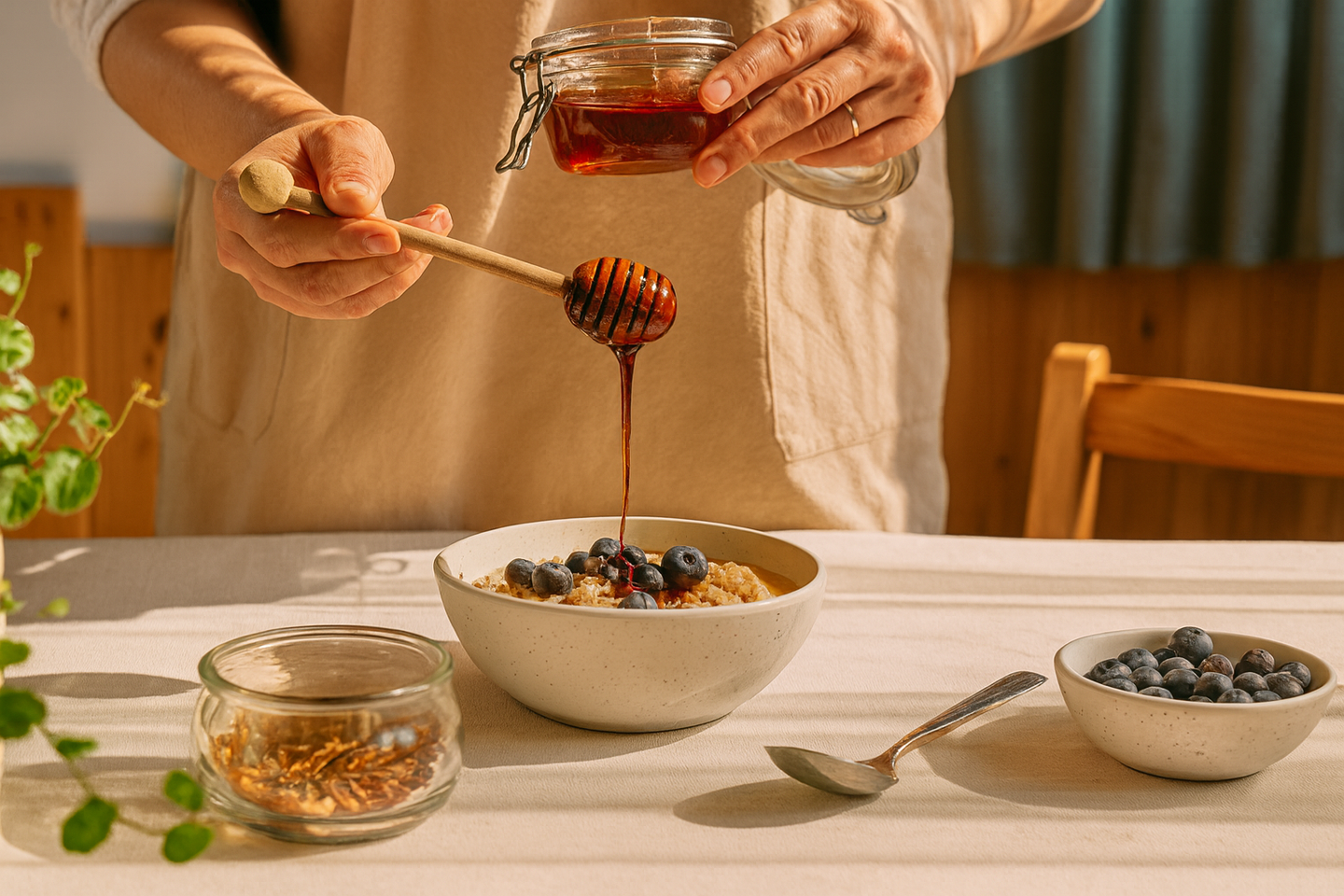Meet CoralME: A new way to see the hidden metabolism of your gut
A new UC San Diego tool called coralME turns gut microbiome data into detailed models of microbial behavior, diet response and disease risk.

 Edited By: Joshua Shavit
Edited By: Joshua Shavit

UC San Diego’s coralME tool maps gut microbe metabolism and diet responses, opening doors to personalized treatments for IBD and beyond. (CREDIT: Shutterstock)
The community of microbes living in your gut is small to the eye but huge for your health. Trillions of bacteria, viruses and fungi help you digest food, train your immune system and keep harmful germs in check. When this balance slips, problems such as inflammatory bowel disease can follow. Until now, scientists could describe which microbes were present, but not clearly what they were doing from moment to moment inside your body.
Researchers at the University of California San Diego have now built a powerful new tool to close that gap. The platform, called coralME, turns massive microbiome datasets into detailed computer models that show how gut microbes use nutrients, make products and interact with each other and with you. The work, published in Cell Systems, offers a fresh way to see the hidden metabolism of your gut and how it shifts in disease.
Turning Microbial Genomes Into Living Road Maps
The core of the approach is a type of detailed computer model known as an ME-model. The letters stand for metabolism and expression. In simple terms, each model links a microbe’s genes to the proteins it makes and the chemical reactions it can carry out.
The coralME software takes genetic, metabolic and protein data and rapidly builds these models at large scale. Using this system, the team created 495 ME-models that cover the most common gut species. By hand, that work would have taken many careers.
“For example, we see from the models that a microbe needs a certain amino acid, but it cannot make this amino acid itself, so it either gets it from another microbe, from the human host, or from the diet the human is eating,” said Karsten Zengler, Ph.D., professor of pediatrics at UC San Diego School of Medicine. “These next generation genome-scale models provide the mechanistic basis for understanding microbial behavior in complex environments.”
This modeling lets researchers watch how each species responds to changing nutrients and conditions. They can predict which foods will favor bacteria linked to a healthy gut and which may help harmful species grow. The models can also flag nutrients that drive the production of unwanted compounds such as allergens or toxins.
What Happens to Microbes on Different Diets
To test coralME, the researchers simulated a range of diets and nutrient levels. The results revealed patterns that earlier, simpler models could not see.
In one set of experiments, low-iron or low-zinc diets allowed certain harmful bacteria to hang on. That suggests that long term shortages of these minerals could tip the gut ecosystem toward less friendly species. In contrast, diets higher in certain macronutrients appeared to favor microbes that are often more common in healthy intestines.
These findings matter because they turn vague advice like “eat better” into more specific questions. Which nutrients does a helpful species need. Which deficits let troublemakers thrive. The models give you a way to ask those questions before testing changes in real people.
Watching IBD Microbes in Real Time
The team then moved beyond simulated diets and plugged in actual gene expression data from people with inflammatory bowel disease. This step allowed them to see not just which microbes were present in patients, but what those microbes were doing at that moment.
“This shows what the microbes are eating, what products they are making and how they interact with other microbes and the host,” Zengler said. “Think of the models as a road map of a city. When we integrate this map with traffic information, we get the real-time status of the map; how the traffic is flowing right now.”
The models showed that people with IBD experience clear shifts in gut chemistry. The pH in the intestine becomes less acidic, and production of short-chain fatty acids drops. Those fatty acids usually help nourish the cells lining the colon and reduce inflammation. The team also pinpointed specific bacterial species and combinations that tracked with these changes.
With this view, IBD no longer looks like a simple loss of “good bugs” and gain of “bad bugs.” Instead, the disease appears as a deeper reprogramming of microbial activity and chemistry in the gut environment.
From Black Box to Predictive System
The coralME platform stands out because it moves microbiome science beyond static snapshots. In the past, many studies simply listed which microbes were present in a stool sample. That approach can spot broad patterns, but it does not explain cause and effect.
By contrast, ME-models connect genes to real tasks. They turn big, messy datasets into testable predictions. If the model says a certain bacterium depends on one amino acid that it cannot make, you can test how changing that nutrient affects its growth. If the model predicts that a low-zinc diet supports a harmful species, you can design a clinical study to see whether zinc supplements shift the community in a helpful way.
The tool is flexible, too. While the current work focused on the human gut, the same method can build models for microbes in soil, in the ocean or in other animals. Any place where microbes play a key role becomes a candidate for this kind of deep mapping.
Practical Implications of the Research: How Will the Findings Help People and Future Studies?
The promise of coralME is personal. If scientists can accurately predict how your microbiome reacts to diet, drugs or disease, they can start to design targeted therapies that fit you rather than the average patient. For someone with inflammatory bowel disease, this might someday mean a diet plan tuned to starve specific harmful microbes and support protective ones. It could also guide the choice of prebiotics, probiotics or other microbial treatments based on predicted changes in metabolism, not just species counts.
For researchers, the tool creates a framework to test new ideas about how gut microbes contribute to many conditions, from allergies to obesity to some cancers. The models help narrow down which microbial activities matter most and which nutrients might shift those activities in a safer direction. That can speed drug discovery by pointing to microbial pathways that deserve closer study.
Beyond medicine, the same modeling approach can help in agriculture and environmental science. By building ME-models for soil or marine communities, scientists may learn how to support crops with less fertilizer, restore damaged ecosystems or better understand how microbes affect climate processes.
The work also highlights the power of combining biology, computing and engineering. It shows that the microbiome is no longer just a mysterious black box. With tools like coralME, it is becoming a system you can model, test and eventually steer toward better health.
Research findings are available online in the journal Cell Systems.
Related Stories
- The surprising science behind flatulence and gut health
- Lifechanging new protein treats both ‘leaky gut’ and depression
- Alzheimer’s disease may start in your gut, new research finds
Like these kind of feel good stories? Get The Brighter Side of News' newsletter.
Joseph Shavit
Science News Writer, Editor-At-Large and Publisher
Joseph Shavit, based in Los Angeles, is a seasoned science journalist, editor and co-founder of The Brighter Side of News, where he transforms complex discoveries into clear, engaging stories for general readers. With experience at major media groups like Times Mirror and Tribune, he writes with both authority and curiosity. His work spans astronomy, physics, quantum mechanics, climate change, artificial intelligence, health, and medicine. Known for linking breakthroughs to real-world markets, he highlights how research transitions into products and industries that shape daily life.



